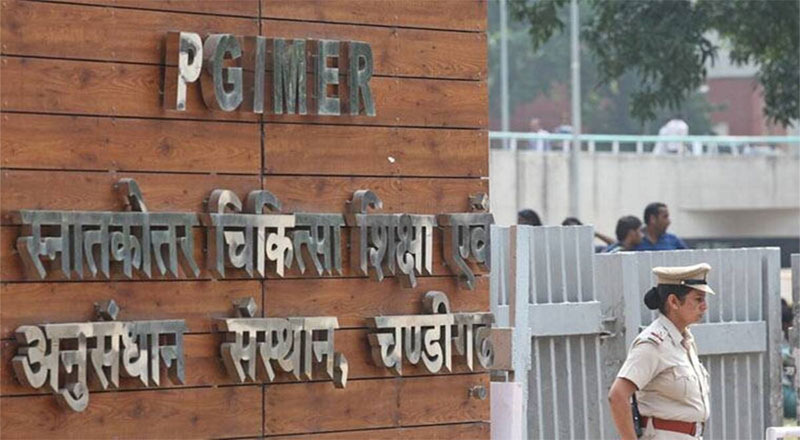Chandigarh now has its first pollen calendar, which can identify potential allergy triggers and provide a clear understanding for clinicians as well as allergy sufferers about their causes to help limit their exposure during high pollen loads.
About 20-30% of the population suffers from allergic rhinitis/hay fever in India, and approximately 15% develop asthma. Pollens are considered major outdoor airborne allergens responsible for allergic rhinitis, asthma, and atopic dermatitis in humans. Pollen calendars represent the time dynamics of airborne pollen taxa in graphical form in a particular geographical area. They yield readily accessible visual details about various airborne pollen taxa present throughout the year, with their seasonality in a single picture. Pollen calendars are location-specific, with concentrations closely related to locally distributed flora.
Department of Community Medicine and School of Public Health, PGIMER, Chandigarh, examined the seasonal periodicities of airborne pollen spectrum and developed the first Pollen Calendar for Chandigarh city. This will help prepare early advisories and disseminate them through media channels to the citizens so that they can use protective gear during the period when the concentration of allergic pollens will be high. It is also a preventive tool for sensitive people to diminish exposure when the levels of aero-pollen are high during specific periods.
This was made possible by a team led by Dr. Ravindra Khaiwal at the Department of Community Medicine and School of Public Health, PGIMER, Chandigarh. It included Dr. Ashutosh Aggarwal, Professor, and Head, Department of Pulmonary Medicine from PGIMER, Chandigarh, India, and Dr. Suman Mor, Chairperson and Associate Professor along with Ms. Akshi Goyal and Mr. Sahil Kumar, Research Scholar from Department of Environment Studies, Panjab University, Chandigarh, India.
The group explored the main pollen seasons, their intensities, variations, and aerobiologically significant pollen types in Chandigarh. The study brought out the first pollen calendar for Chandigarh, provided up-to-date information, and highlighted the variability of crucial pollen types in different seasons. The prominent airborne pollen dominating seasons were spring and autumn, with maximum species surfacing when the phenological and meteorological parameters are considered favourable for pollen grains’ growth, dispersion, and transmission.
The study supported by the Department of Science and Technology (DST) was recently published in Atmospheric Environment, a journal by Elsevier
Dr. Khaiwal, the lead investigator, said that Chandigarh had reported a remarkable increase in forest cover in recent years, and rise in green spaces would also increase airborne pollen, consequently increasing pollen-related allergic ailments.
“In this scenario, the study aims to bring airborne pollen seasonal information to the susceptible population, healthcare professionals, policymakers, and scientists to be familiar with the current changes in the environment, which can further help develop mitigation strategies,” highlighted Dr. Mor. “The findings of this study would enhance the understanding of airborne pollen seasons, which may further help to minimize pollen allergies,” Dr. Ashutosh Aggarwal pointed out.





